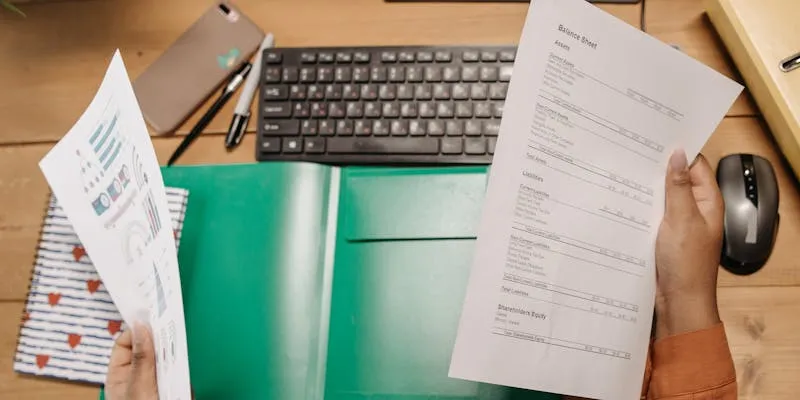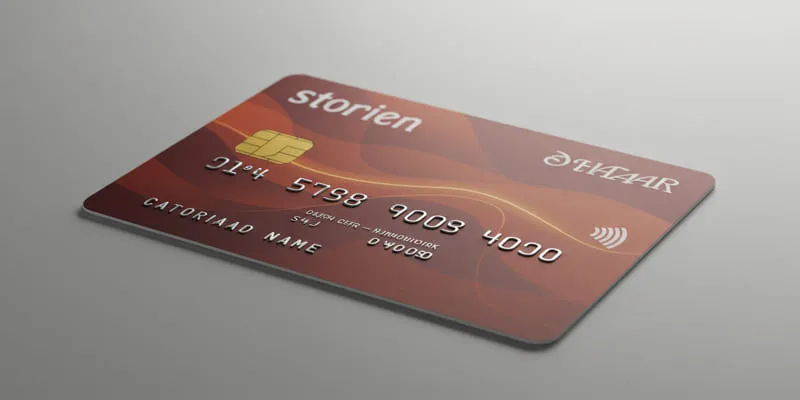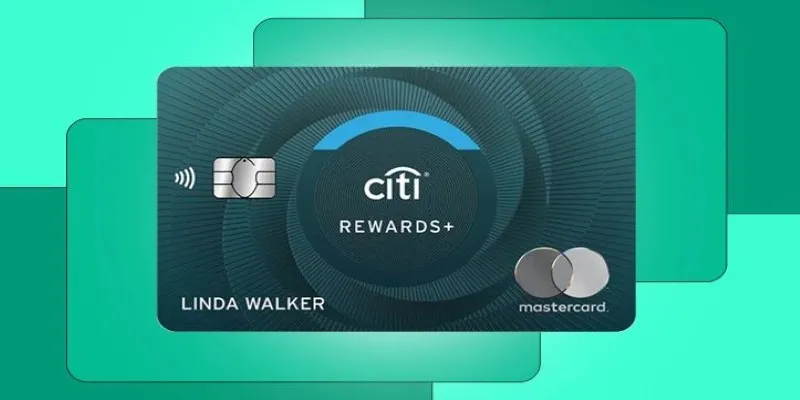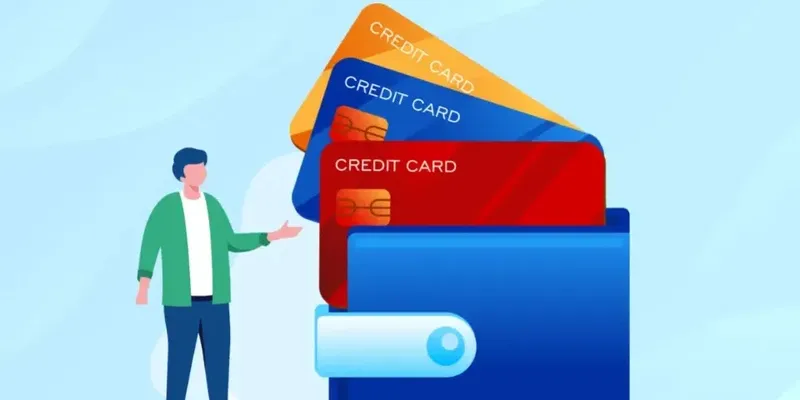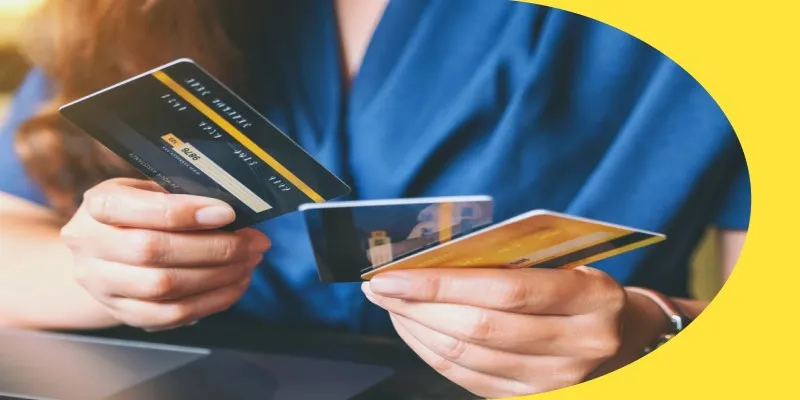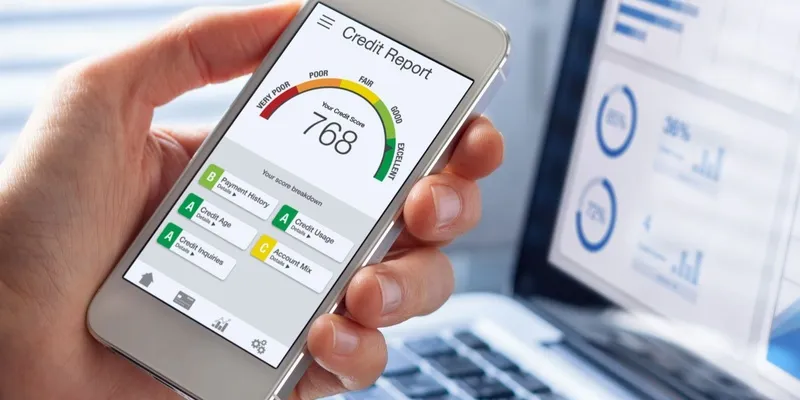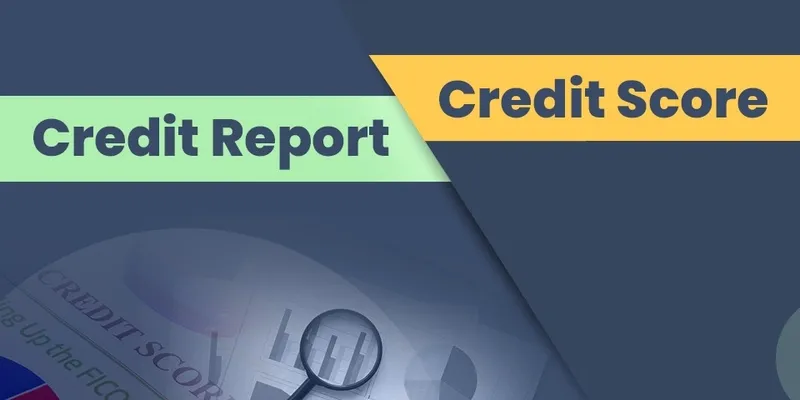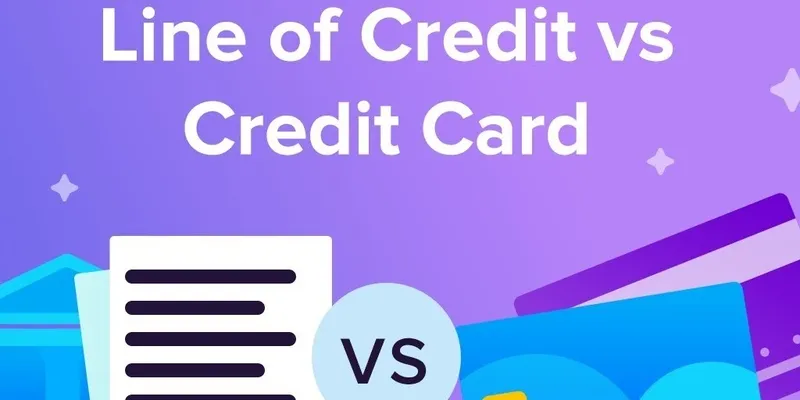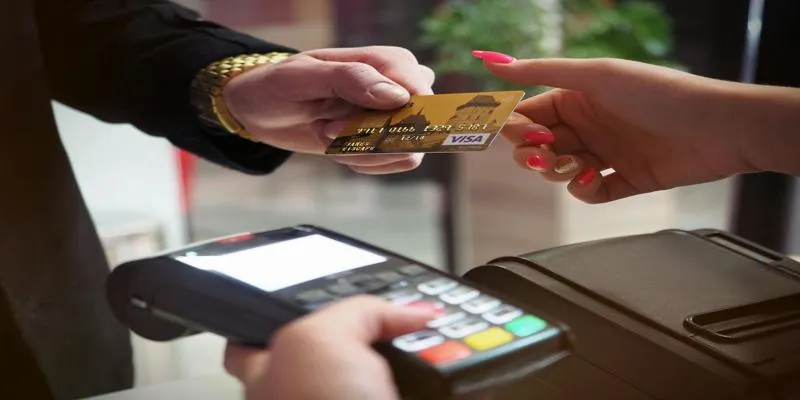Obtaining a Credit Card After Bankruptcy - A Path to Financial Recovery
Facing financial recovery after bankruptcy can be daunting, but with the right approach, you can successfully rebuild your credit and regain financial stability. A critical step in this process is obtaining a credit card tailored for individuals who are working to improve their credit scores. This article explores essential strategies and considerations when applying for a credit card post-bankruptcy, along with insights on managing credit responsibly to establish a solid financial foundation.
Understanding the Role of Credit Cards in Rebuilding Credit
Applying for a credit card after bankruptcy may seem counterintuitive, but it can be a valuable tool for improving your credit over time. Properly managing credit cards allows you to demonstrate financial stability and discipline to lenders. Every timely payment contributes to rebuilding your damaged credit profile, gradually enhancing your credit score and creditworthiness. Choosing the right type of card is crucial, as it can signify to lenders your ability to manage credit responsibly.
- Credit Utilization Impact: Using less than 30% of your available credit can positively affect your credit score.
- Consistent Payments: Making payments on time each month is essential for demonstrating reliability to future lenders.
Types of Credit Cards for Post-Bankruptcy Applicants
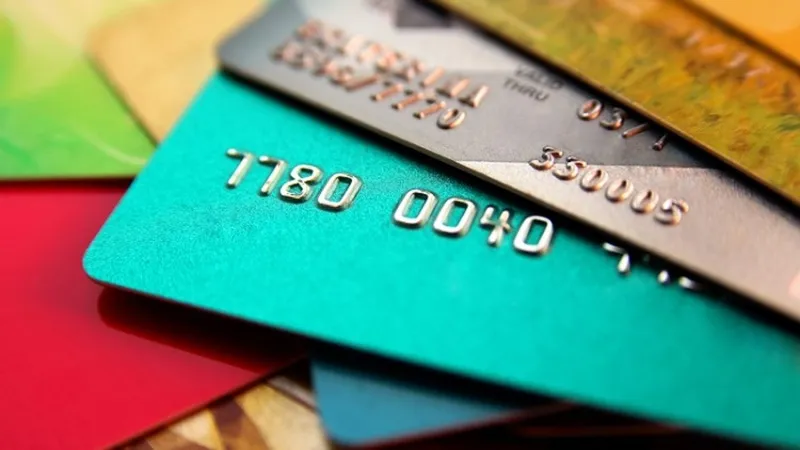
After bankruptcy, the credit card options available to you may differ from what you had before. For a fresh start, consider secured credit cards or specific unsecured cards designed for individuals with poor credit. Secured credit cards require an initial deposit, reducing the lender’s risk, making them more accessible to those with lower credit scores. Unsecured cards for rebuilding credit often carry higher interest rates or fees but do not require a deposit. It’s important to thoroughly assess these options and understand the pros and cons of each before making a decision.
- Secured Card Conversion: Some secured cards allow for conversion to an unsecured card after a period of responsible use.
- Interest Rates Alert: Many cards for those rebuilding credit come with higher interest rates, so reading the terms carefully is crucial.
Preparing for the Credit Card Application Process
Preparing for a credit card application after bankruptcy is vital to increase your chances of approval and avoid potential pitfalls. Start by reviewing your credit report to ensure all information is accurate and that your bankruptcy is correctly recorded. This report will form the basis for your credit card application, and any inaccuracies can affect your approval chances. Next, focus on establishing a steady income, as lenders value stable employment when evaluating applications. Lastly, consider applying for a credit card from the bank where you currently have an account, as they may offer special options for customers with challenging credit histories.
- Credit Report Accuracy: Double-check your credit report for any discrepancies before applying.
- Bank-Specific Offers: Some banks may offer tailored credit cards for customers in financial recovery.
Evaluating the Best Credit Cards for Rebuilding Credit
Carefully evaluating potential credit card options is crucial. Consider factors such as interest rates, fees, and credit limits. A secured credit card with reasonable fees and interest rates can be an excellent choice as it minimizes costs while helping you rebuild your creditworthiness. Some banks offer secured cards that convert to unsecured ones after responsible use over time. Additionally, if you opt for an unsecured card, ensure that the interest rate and fees are manageable. Avoid cards with hidden fees or terms that could make regular payments difficult, as timely payments are critical for rebuilding your credit score.
- Hidden Fees Check: Examine the card’s terms for hidden fees that may affect affordability.
- Rewards Options: Some secured credit cards offer rewards programs that can help offset annual fees.
Strategies for Responsible Credit Card Use After Bankruptcy
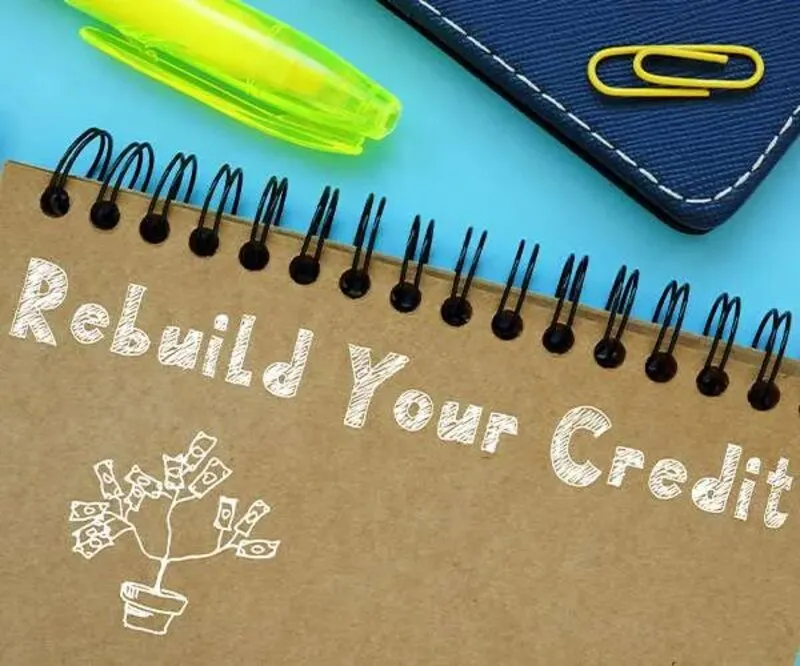
Once approved, using your credit card responsibly is key to restoring your credit. Start by maintaining a low balance, ideally less than 30% of your credit limit. This low utilization ratio shows lenders that you manage borrowing responsibly. Aim to pay off your balance in full each month to avoid interest charges, and if that’s not possible, at least make the minimum payment by the due date. Consistent on-time payments will help improve your credit score over time. Although it may take patience, each month of diligent credit card use contributes to building a positive credit history.
- Balance Alerts: Set alerts to remind yourself to pay off the balance or make minimum payments on time.
- Avoiding New Debt: Try not to overuse the card, as high balances can hinder credit recovery efforts.
Additional Financial Habits to Support Credit Rebuilding
While obtaining and managing a credit card is a significant step, additional financial habits can enhance your credit recovery efforts. Start by creating a monthly budget to track expenses, which helps plan for credit card payments without straining other financial areas. Establishing an emergency fund also provides a buffer for unexpected expenses, reducing reliance on credit. Over time, these practices, along with careful credit card use, will contribute to a robust financial foundation and an improved credit score, helping you achieve financial stability once again.
- Emergency Fund Priority: Building a small emergency fund helps prevent reliance on credit for unexpected costs.
- Expense Tracking: Regularly reviewing expenses can help manage monthly budgets and avoid overspending.
Conclusion
Applying for a credit card after bankruptcy is an important step toward regaining control of your finances. By following these guidelines, you can make informed decisions that lead to better financial prospects. Remember, bankruptcy is not the end of the world, and with informed, responsible choices, you can rebuild your financial future.
